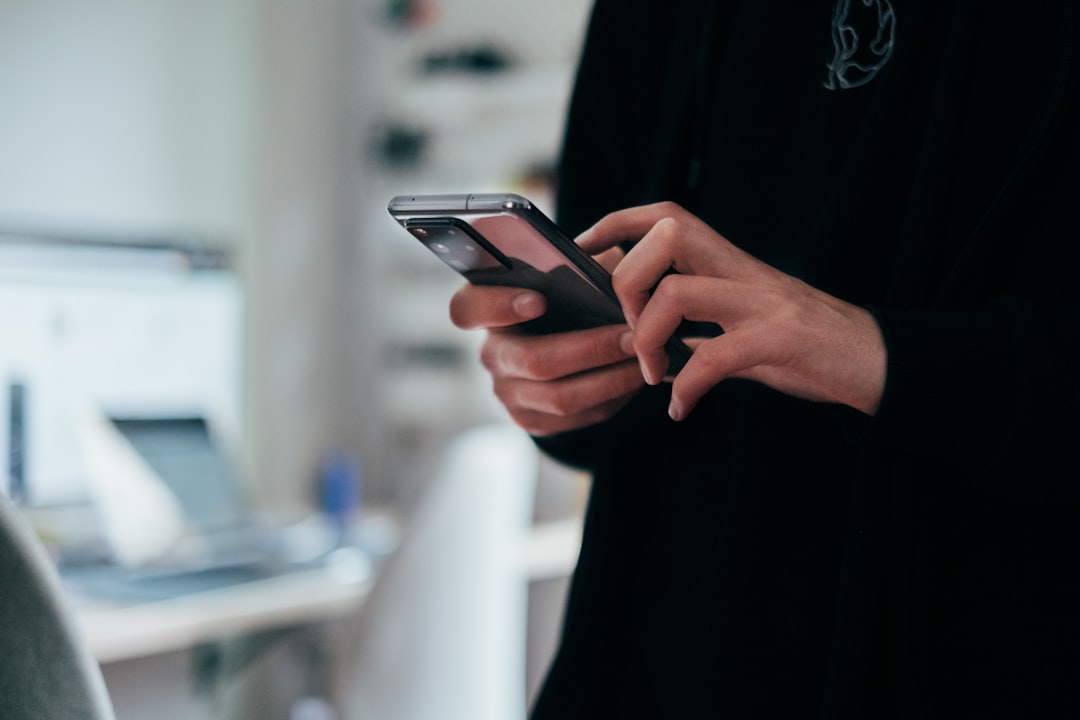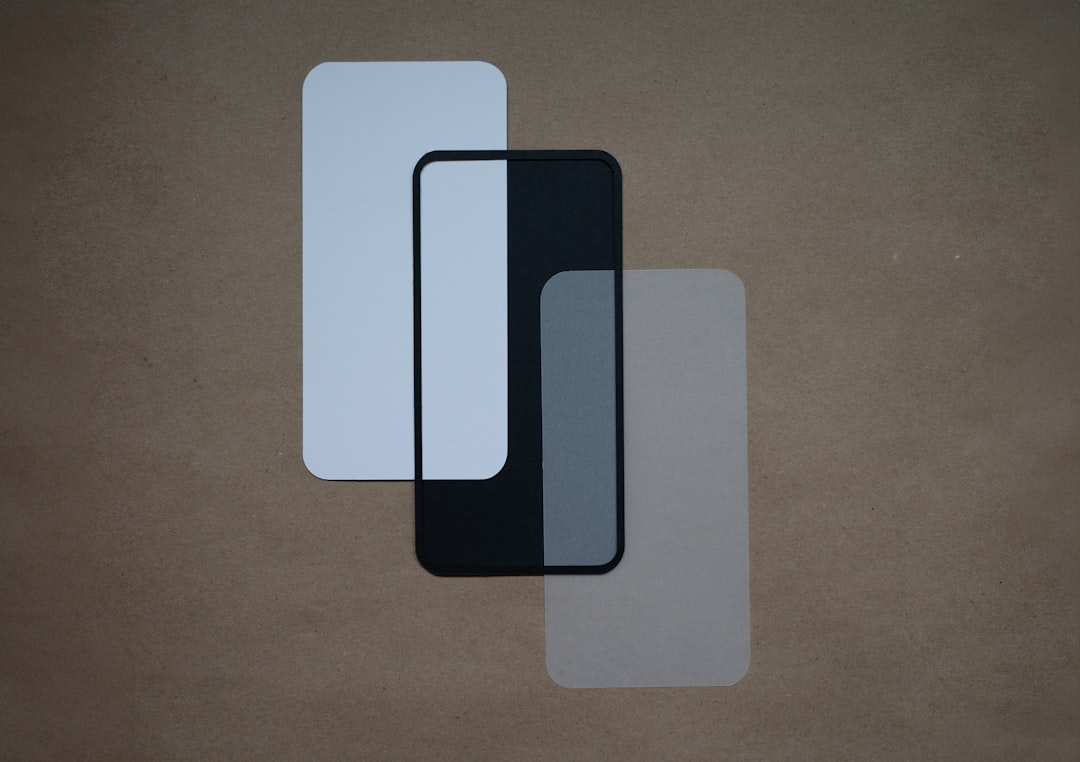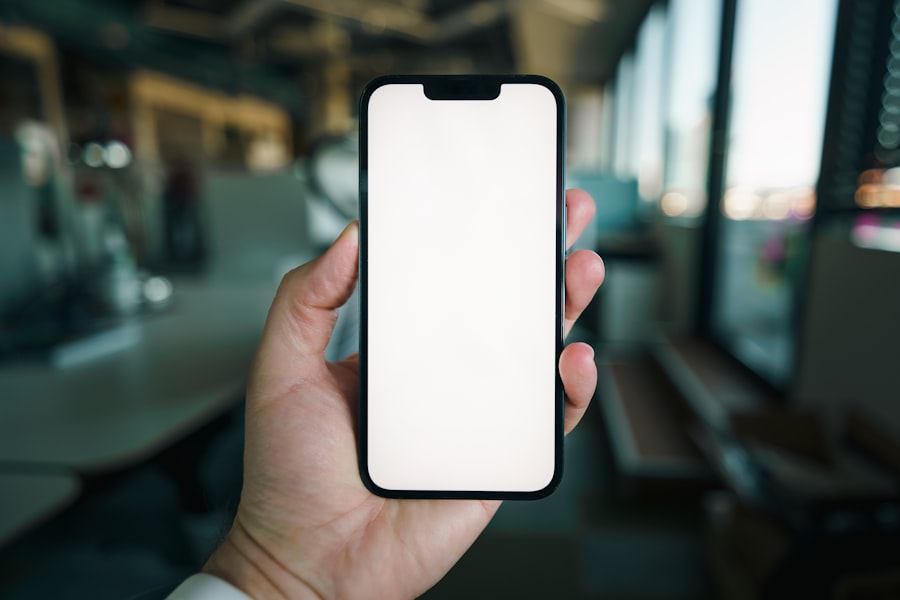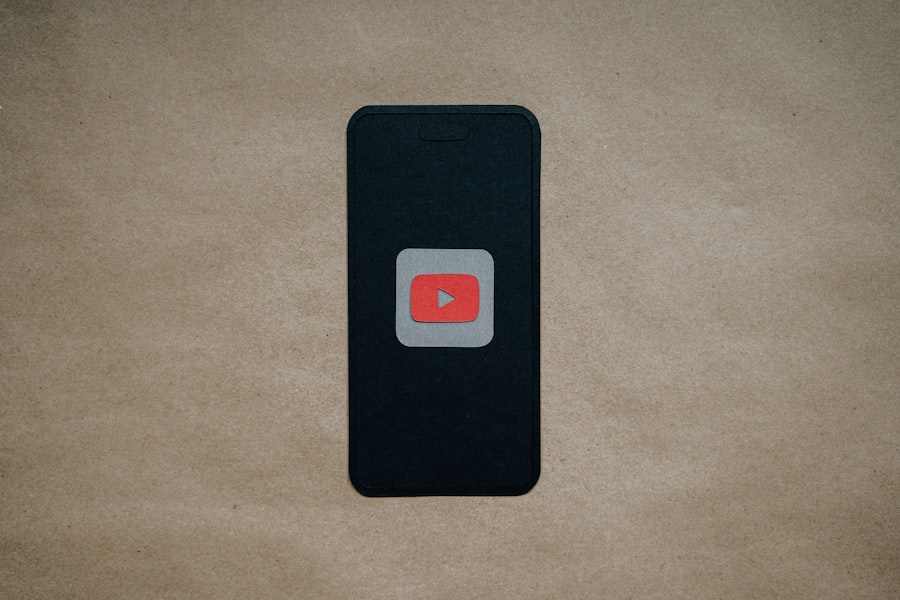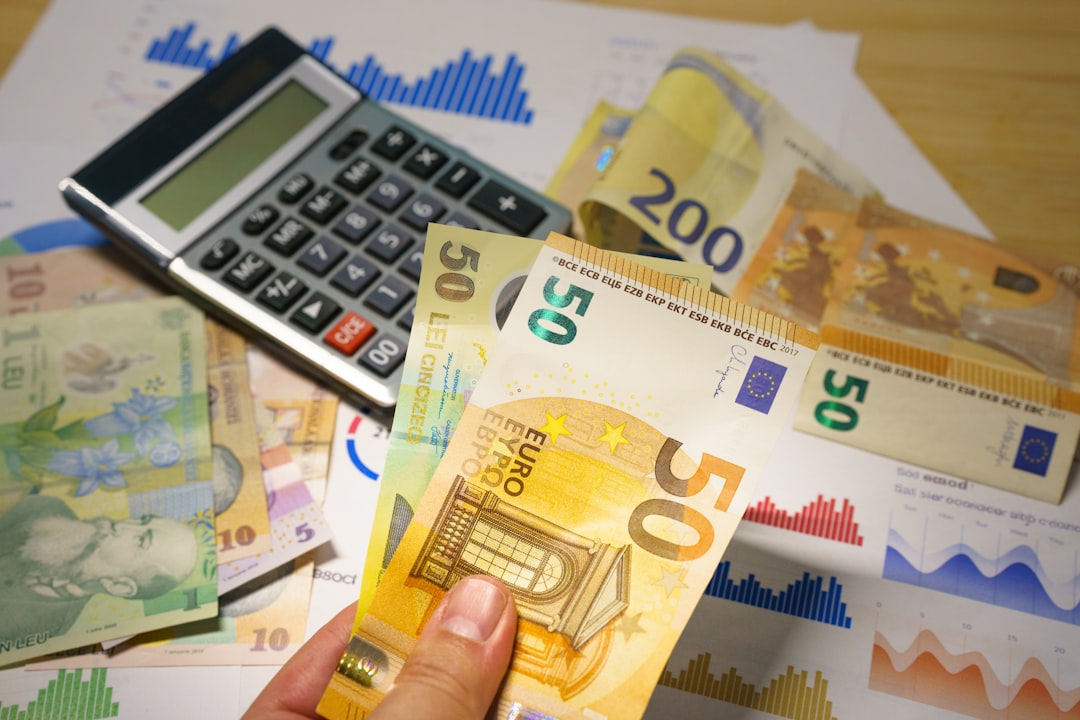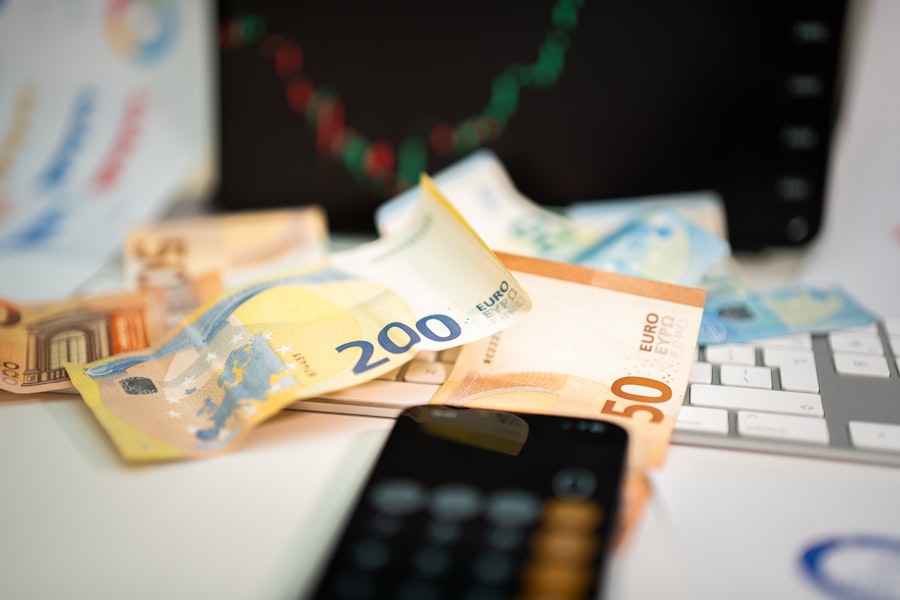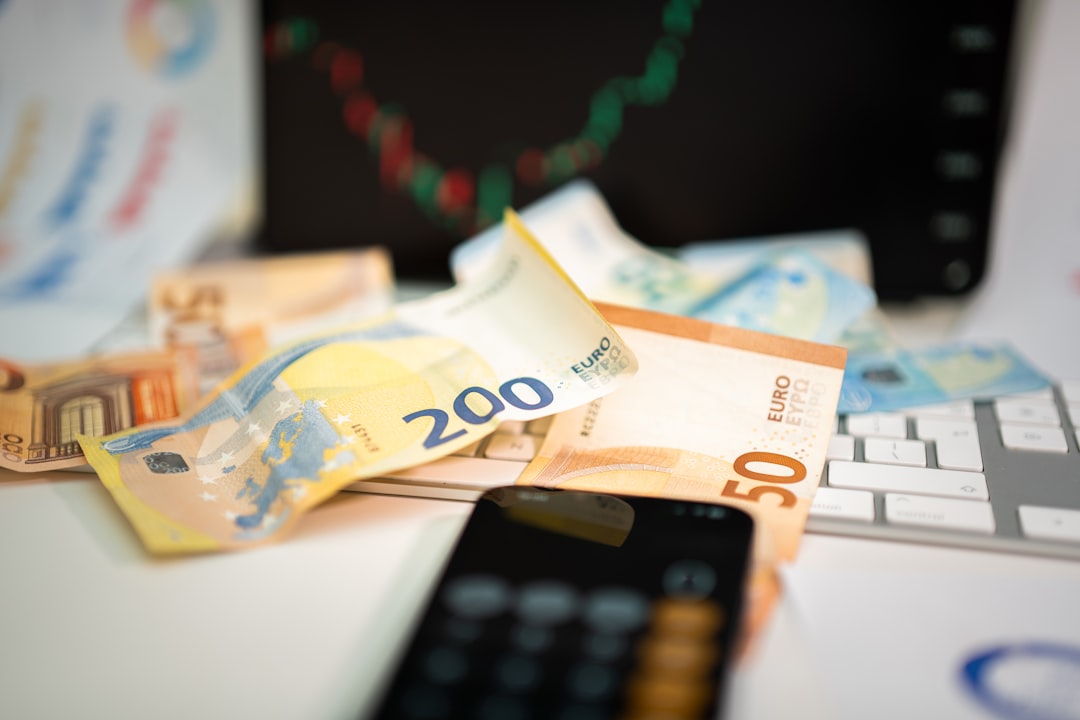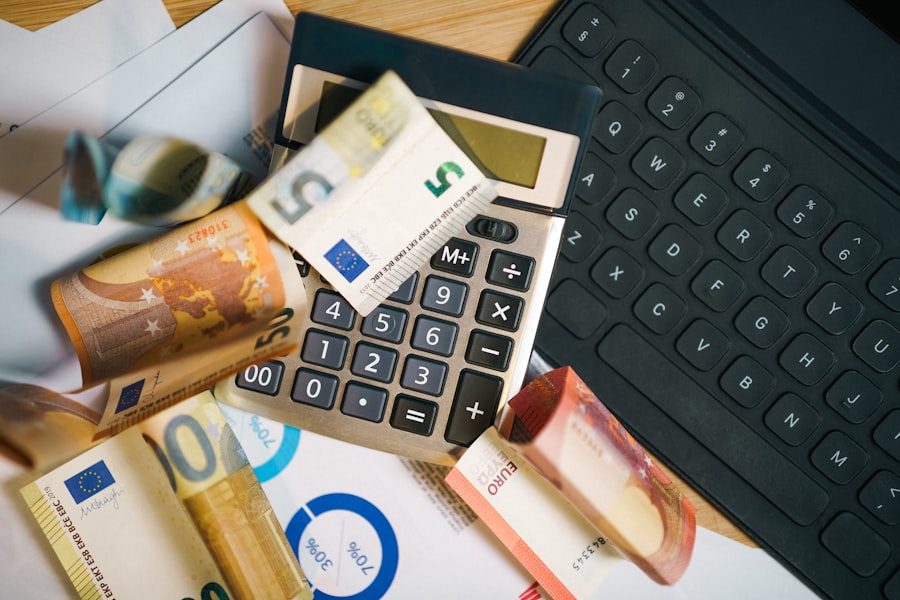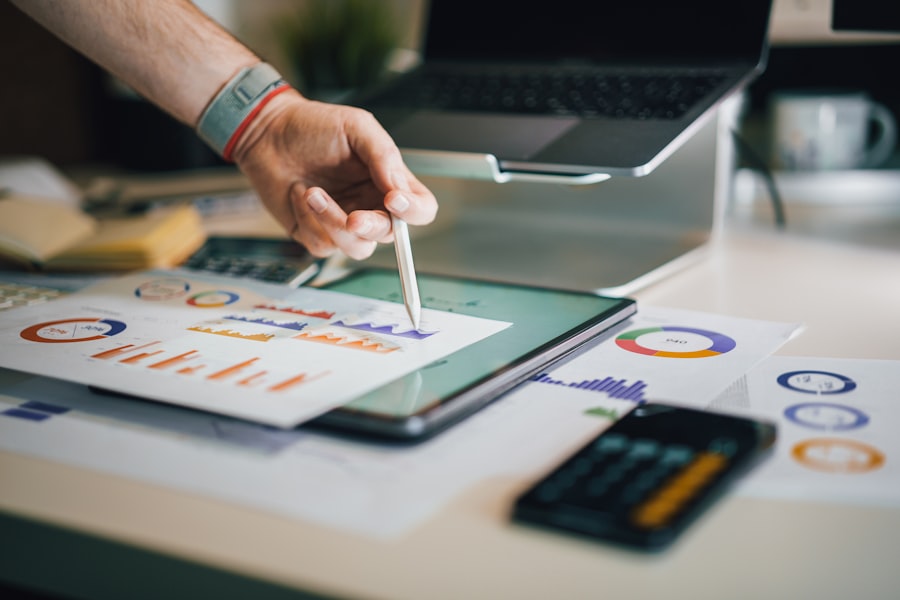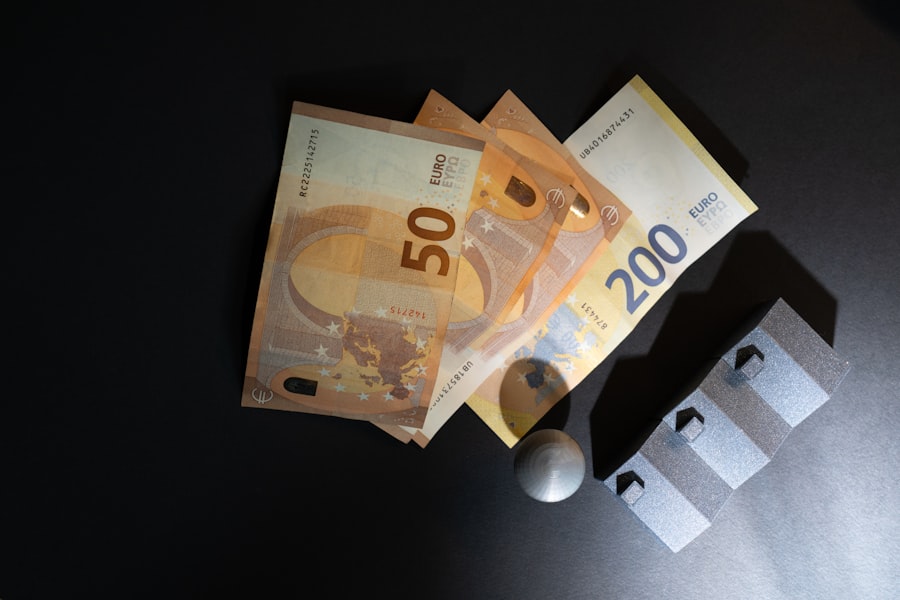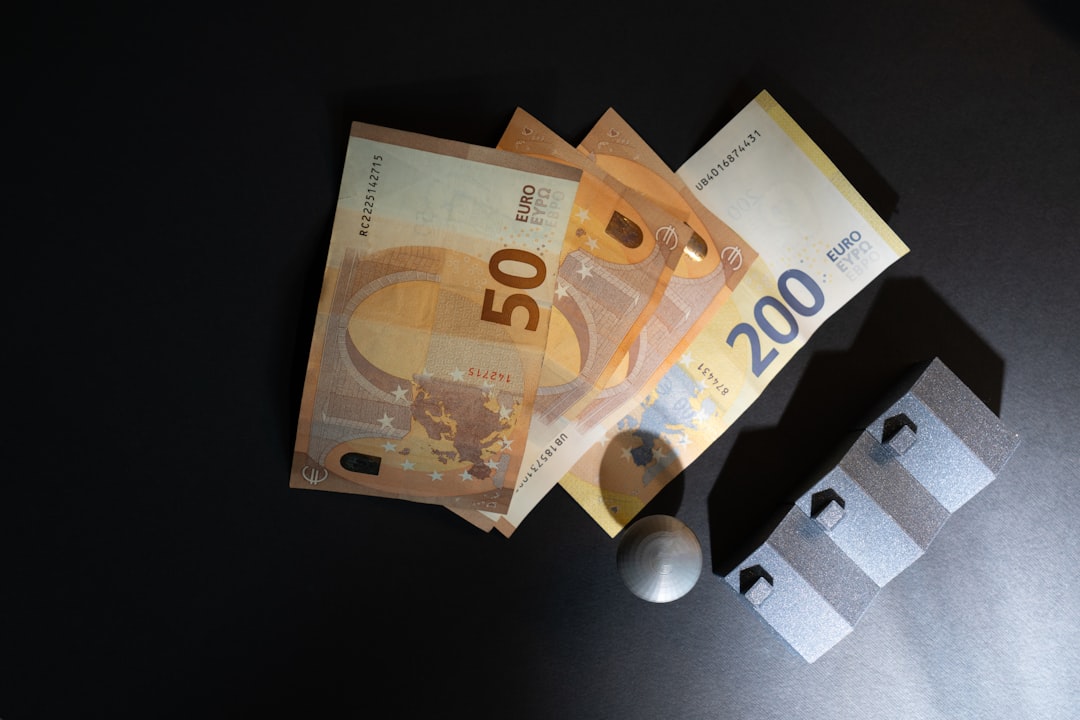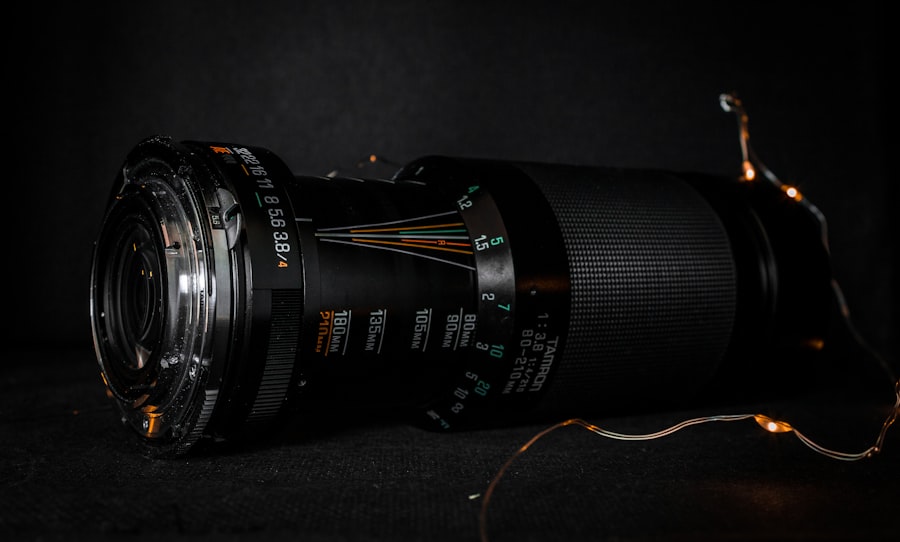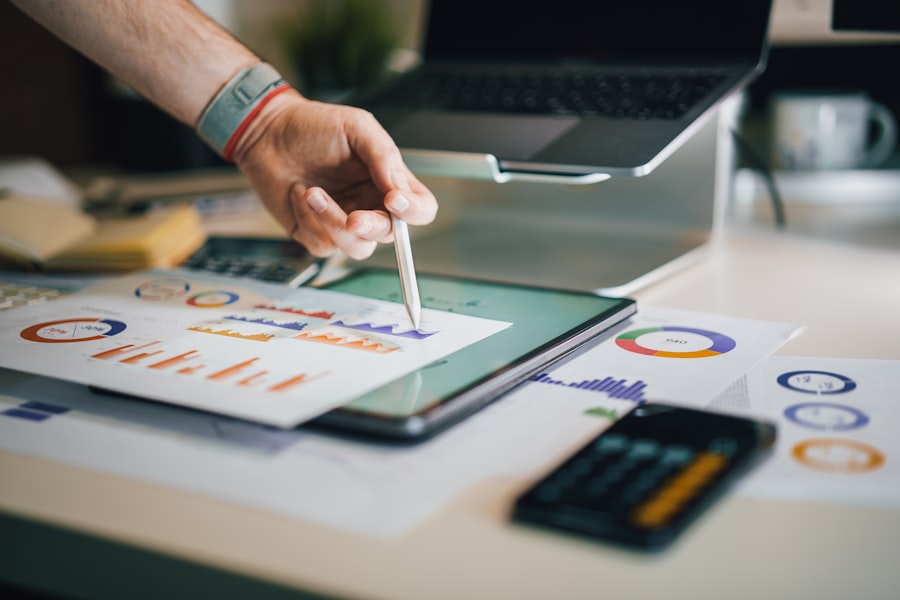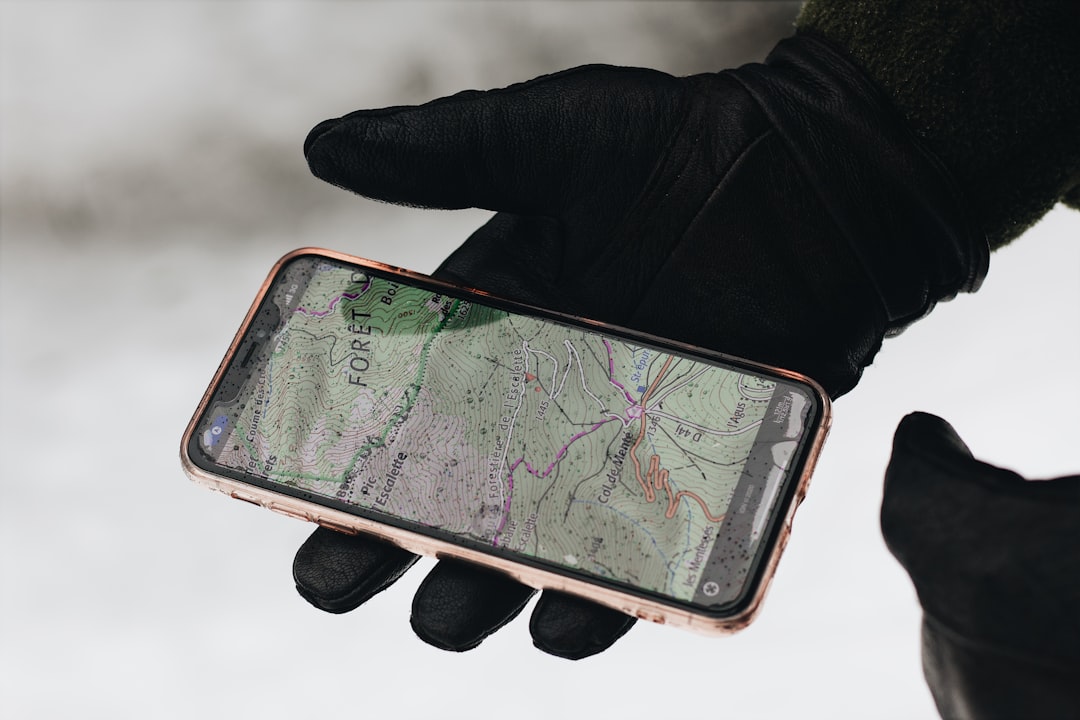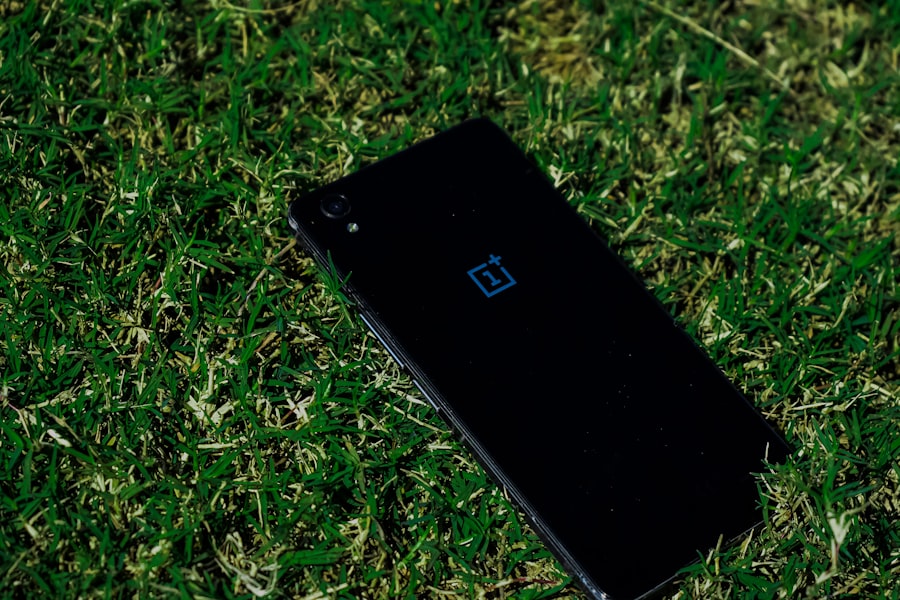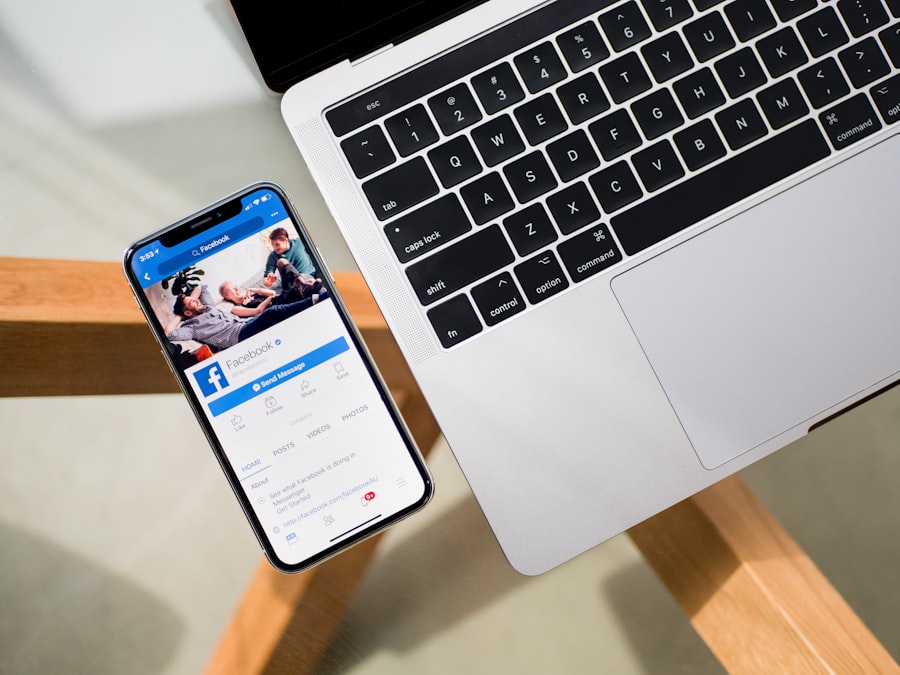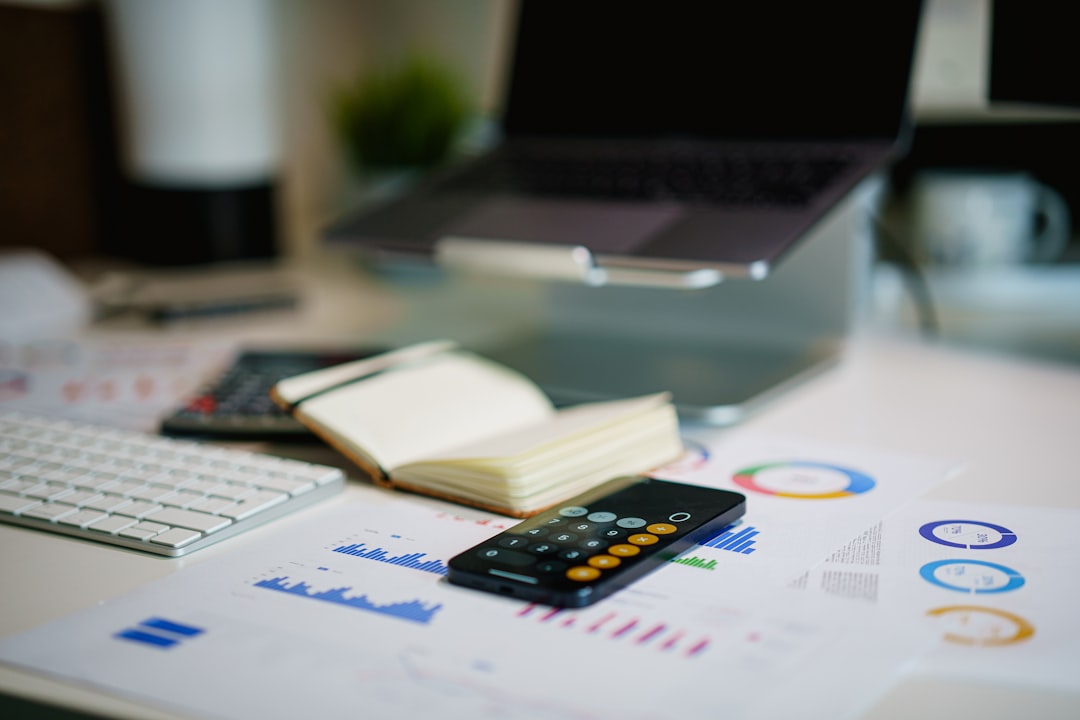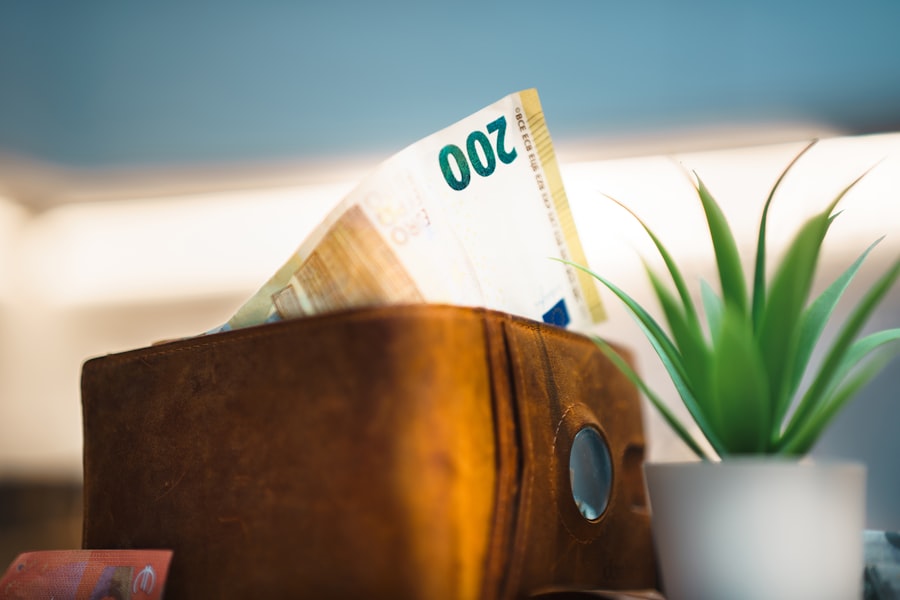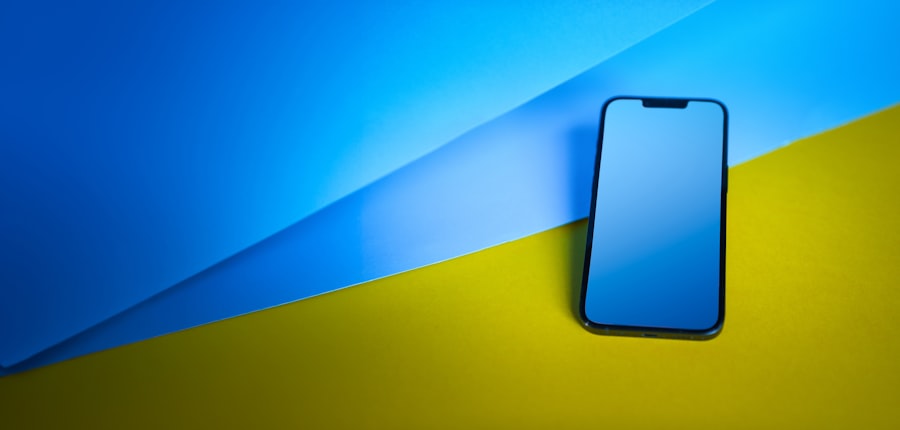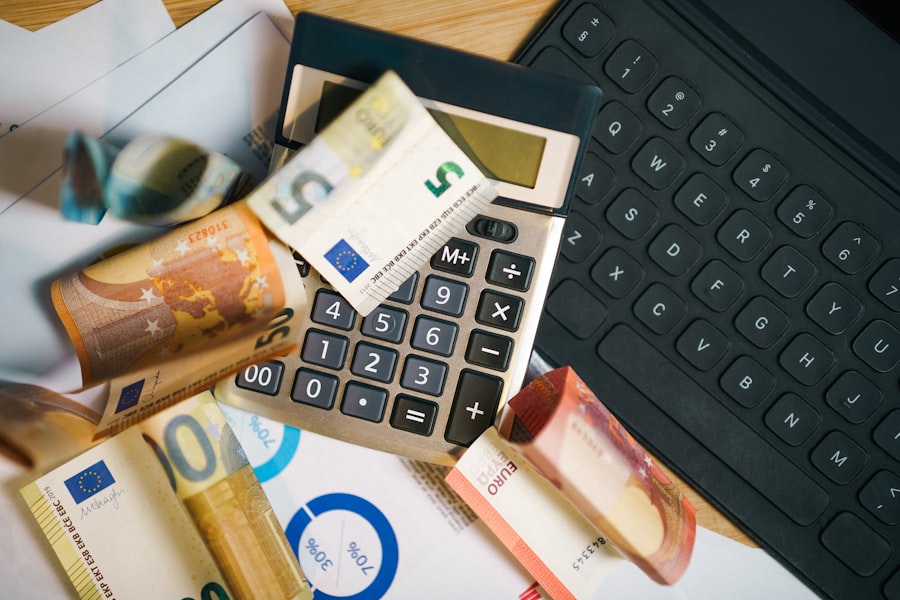In an increasingly digital world, budgeting apps have emerged as essential tools for individuals seeking to manage their finances more effectively. These applications provide users with a streamlined way to track income, expenses, and savings, all from the convenience of their smartphones or computers. The rise of budgeting apps can be attributed to the growing need for financial literacy and the desire for greater control over personal finances.
With the complexities of modern life, including fluctuating incomes and rising living costs, these apps offer a practical solution to help users navigate their financial landscapes. Budgeting apps cater to a diverse audience, from college students managing limited funds to families planning for long-term financial goals. They often come equipped with various features designed to simplify the budgeting process, making it accessible even for those who may not have a background in finance.
As technology continues to evolve, these applications are becoming more sophisticated, incorporating artificial intelligence and machine learning to provide personalized insights and recommendations. This evolution signifies a shift in how individuals approach budgeting, moving from traditional pen-and-paper methods to dynamic digital solutions that can adapt to changing financial situations.
Key Takeaways
- Budgeting apps are a convenient way to manage your finances and track your expenses on the go.
- Free budget apps offer features such as expense tracking, budget goal setting, and customizable categories for spending.
- Setting up your budget involves inputting your income, fixed expenses, and setting spending limits for variable expenses.
- Tracking your expenses with a budget app allows you to see where your money is going and identify areas for potential savings.
- Creating financial goals with a budget app helps you stay motivated and focused on achieving your long-term financial objectives.
Features of Free Budget Apps
Free budgeting apps typically offer a range of features that make them appealing to users who may be hesitant to invest in paid services. One of the most common features is expense tracking, which allows users to categorize their spending and monitor where their money goes each month. This feature often includes the ability to link bank accounts and credit cards, enabling automatic transaction imports that save time and reduce manual entry errors.
By providing a clear overview of spending habits, users can identify areas where they may be overspending and make necessary adjustments. Another notable feature of many free budgeting apps is goal setting. Users can establish specific financial objectives, such as saving for a vacation or paying off debt, and track their progress toward these goals.
This functionality often includes visual aids like progress bars or charts that provide motivation and a sense of accomplishment as users move closer to their targets. Additionally, many apps offer educational resources or tips on budgeting strategies, empowering users with knowledge that can enhance their financial decision-making skills. The combination of these features creates a comprehensive tool that not only helps users manage their current finances but also encourages proactive financial planning.
Setting Up Your Budget
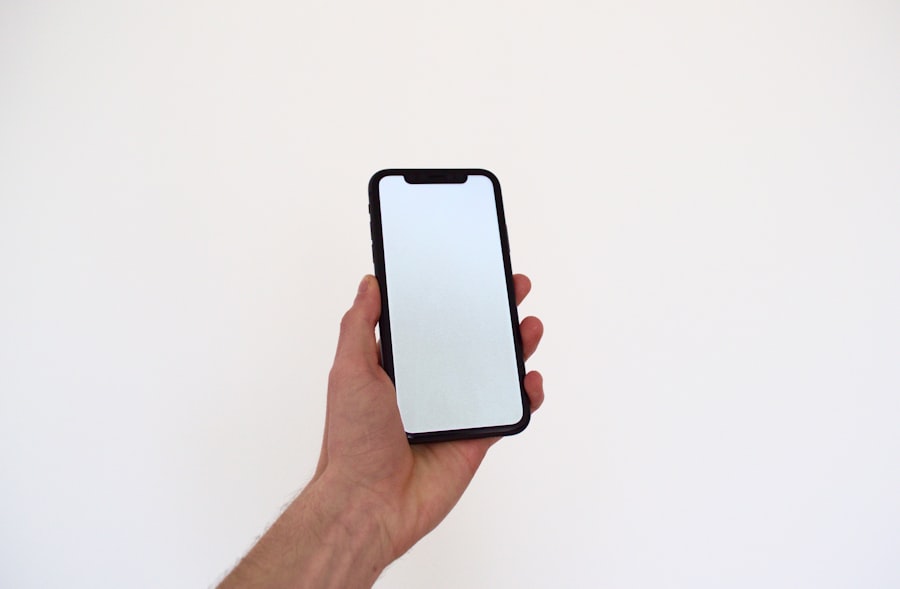
Setting up a budget within a budgeting app is typically a straightforward process, designed to guide users through the initial stages of financial planning. Most apps begin by prompting users to input their income sources, which may include salaries, freelance work, or any other forms of revenue. This step is crucial as it establishes the foundation upon which the budget will be built.
Users are then encouraged to categorize their expenses into fixed and variable costs. Fixed expenses might include rent or mortgage payments, while variable expenses could encompass groceries, entertainment, and dining out. Once income and expenses are entered, users can allocate funds to different categories based on their financial priorities.
Many apps provide templates or suggested budgets based on average spending patterns, which can serve as helpful starting points for those new to budgeting. Users can adjust these allocations according to their unique circumstances and preferences. For instance, someone who prioritizes saving for retirement may choose to allocate a larger portion of their income toward savings rather than discretionary spending.
This flexibility allows individuals to create personalized budgets that reflect their values and financial goals.
Tracking Your Expenses
| Category | Expense | Date |
|---|---|---|
| Food | 50 | 01/05/2022 |
| Transportation | 30 | 01/05/2022 |
| Entertainment | 20 | 02/05/2022 |
| Utilities | 100 | 03/05/2022 |
Expense tracking is one of the most critical components of effective budgeting, and budgeting apps excel in this area by offering real-time monitoring capabilities. Users can log their expenses as they occur or rely on automatic transaction syncing from linked bank accounts. This feature not only saves time but also ensures that users have an accurate picture of their spending habits at any given moment.
By categorizing expenses into predefined groups—such as housing, transportation, food, and entertainment—users can quickly identify trends and patterns in their spending behavior. Moreover, many budgeting apps provide visual representations of spending data through graphs and charts, making it easier for users to digest complex information at a glance. For example, a pie chart might illustrate the percentage of income spent on various categories, while line graphs could show spending trends over time.
This visual feedback is invaluable for users aiming to make informed decisions about their finances. By regularly reviewing their expenses within the app, individuals can adjust their spending habits in real-time, ensuring they stay on track with their budgetary goals.
Creating Financial Goals
Creating financial goals is an integral part of the budgeting process, as it provides direction and motivation for users striving to improve their financial health. Budgeting apps often include features that allow users to set specific, measurable goals tailored to their individual circumstances. For instance, someone might set a goal to save $5,000 for a down payment on a house within two years.
The app can then break this goal down into manageable monthly savings targets, making it easier for users to stay focused and accountable. In addition to savings goals, budgeting apps can also facilitate debt repayment strategies. Users can input outstanding debts—such as credit card balances or student loans—and establish goals for paying them off within a certain timeframe.
Some apps even offer debt snowball or avalanche methods as options for repayment strategies, helping users choose the approach that aligns best with their financial situation. By incorporating goal-setting features into the budgeting process, these apps empower users to take control of their financial futures and work toward achieving meaningful milestones.
Analyzing Your Spending Habits

Analyzing spending habits is essential for anyone looking to improve their financial situation, and budgeting apps provide valuable insights that can lead to more informed decision-making. Many applications offer detailed reports that summarize spending patterns over specific periods—be it weekly, monthly, or annually—allowing users to see where they are consistently overspending or underspending. This analysis can reveal surprising trends; for example, a user might discover they spend significantly more on dining out than they initially realized.
Furthermore, some budgeting apps utilize machine learning algorithms to provide personalized recommendations based on users’ spending habits. For instance, if an app detects that a user frequently exceeds their budget in the entertainment category, it might suggest reducing discretionary spending in that area or reallocating funds from other categories. This level of analysis not only helps users understand their financial behaviors but also encourages them to make proactive changes that align with their overall financial goals.
Utilizing Budgeting Tools
Budgeting tools within these apps extend beyond basic tracking and goal-setting functionalities; they often include additional resources designed to enhance users’ financial literacy and management skills. For example, many apps feature calculators that help users estimate loan payments or determine how long it will take to reach specific savings goals based on current contributions. These tools empower users by providing them with the information needed to make sound financial decisions.
Moreover, some budgeting apps offer integration with other financial services or platforms, such as investment accounts or retirement savings plans. This integration allows users to view all aspects of their financial lives in one place, providing a holistic view of their net worth and overall financial health. By utilizing these comprehensive tools, individuals can develop a more nuanced understanding of their finances and make informed choices that align with both short-term needs and long-term aspirations.
Tips for Maximizing Your Finances with a Budget App
To truly maximize the benefits of a budgeting app, users should adopt certain best practices that enhance their overall experience and effectiveness in managing finances. One key tip is to regularly review and update the budget as circumstances change—whether due to fluctuations in income or unexpected expenses. By maintaining an adaptable budget that reflects current realities, users can avoid falling into the trap of overspending or neglecting important financial obligations.
Another important strategy is to engage with the app’s community features if available. Many budgeting apps include forums or social sharing options where users can exchange tips and experiences with others on similar financial journeys. This sense of community can provide motivation and accountability while also offering new perspectives on budgeting strategies that may not have been previously considered.
Additionally, setting reminders for bill payments or budget reviews within the app can help ensure that users stay on top of their financial commitments without missing deadlines or incurring late fees. By leveraging these features effectively and remaining proactive in managing finances through the app, individuals can cultivate healthier financial habits that lead to long-term stability and success. In conclusion, budgeting apps represent a powerful tool for anyone looking to take control of their finances in today’s fast-paced world.
With features designed for tracking expenses, setting goals, analyzing spending habits, and utilizing various budgeting tools, these applications empower users to make informed decisions about their money management strategies. By adopting best practices and engaging fully with the app’s capabilities, individuals can maximize their financial potential and work toward achieving their long-term aspirations.
If you are looking for a free budget app to help manage your finances, you may also be interested in checking out this article on the best budget apps from Valapoint. They provide a comprehensive list of budgeting tools that can help you track your expenses and savings goals. Additionally, you may want to explore their article on expense managers and free savings apps to further enhance your financial management skills. Click here to read more about the best budget apps.
